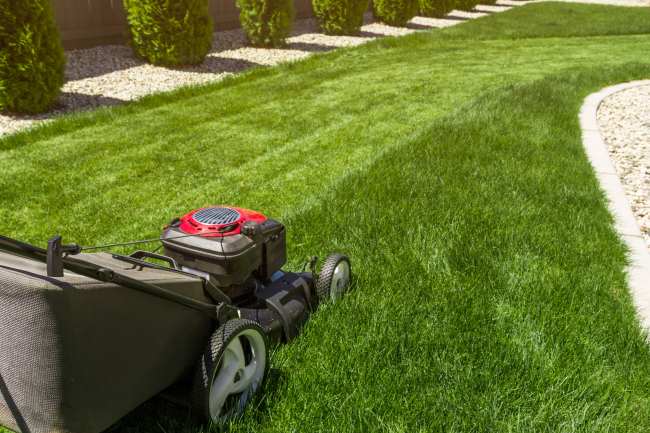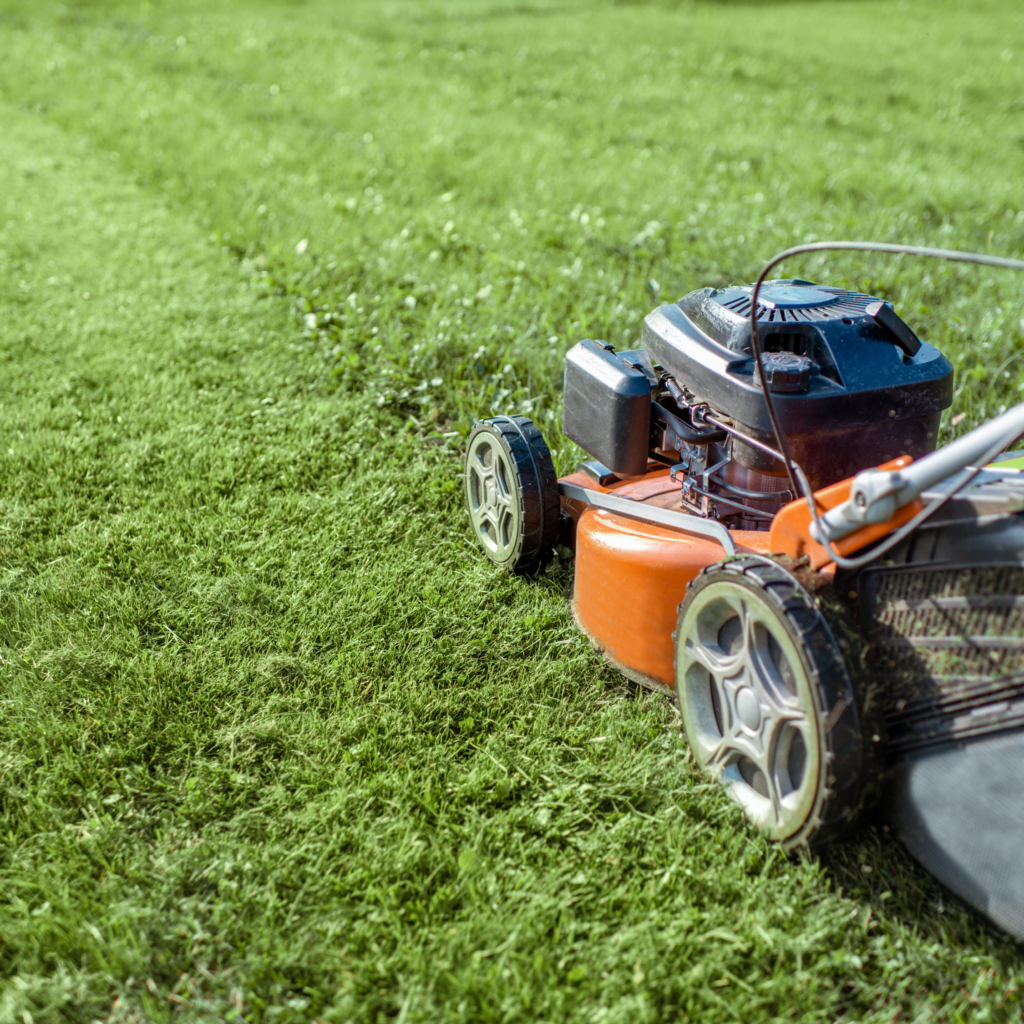
As the warm days of summer draw near, the attention of homeowners turns to maintaining a healthy, verdant lawn. Achieving and maintaining a lush green lawn is an art that requires much more than just regular mowing. It’s essential to understand the dos and don’ts that come with lawn care, especially during the peak growing season when your grass is most active. To assist you in nurturing your lawn to its fullest potential, here are 11 key missteps to avoid, ensuring your lawn remains a stunning feature of your home throughout the season.
1. Don’t Use a Dull Lawn Mower Blade

Using a dull lawn mower blade can harm your grass. A dull blade tears the grass instead of cutting it cleanly, leading to jagged edges that turn brown and increase the risk of disease. Sharpen your mower blades regularly to ensure a clean cut. This not only improves the health of your lawn but also enhances its appearance. A sharp blade also makes mowing more efficient, saving you time and effort.
2. Don’t Remove Grass Clippings

Grass clippings are a natural fertilizer for your lawn. They decompose quickly, returning valuable nutrients like nitrogen to the soil. Removing clippings can deprive your lawn of these essential nutrients, making it necessary to use more chemical fertilizers. Mulching your clippings helps maintain soil moisture and reduces the need for additional watering. This practice is both eco-friendly and cost-effective.
3. Don’t Overwater Your Lawn

Overwatering can lead to shallow root growth and promote fungal diseases. Most lawns need only about an inch of water per week, including rainfall. Water deeply but infrequently to encourage roots to grow deeper into the soil. Early morning is the best time to water, reducing evaporation and preventing the growth of fungi. Installing a rain gauge can help you monitor natural rainfall and adjust your watering schedule accordingly.
4. Don’t Mow Too Short

Cutting your grass too short can stress the plants and expose the soil to more sunlight, which encourages weed growth. Each type of grass has an optimal height; for most common types, it’s around 2.5 to 3 inches. Keeping your lawn at the right height helps it develop a strong root system and retain moisture better. Adjust your mower height to avoid scalping the grass and creating bare spots.
5. Don’t Ignore Soil Health
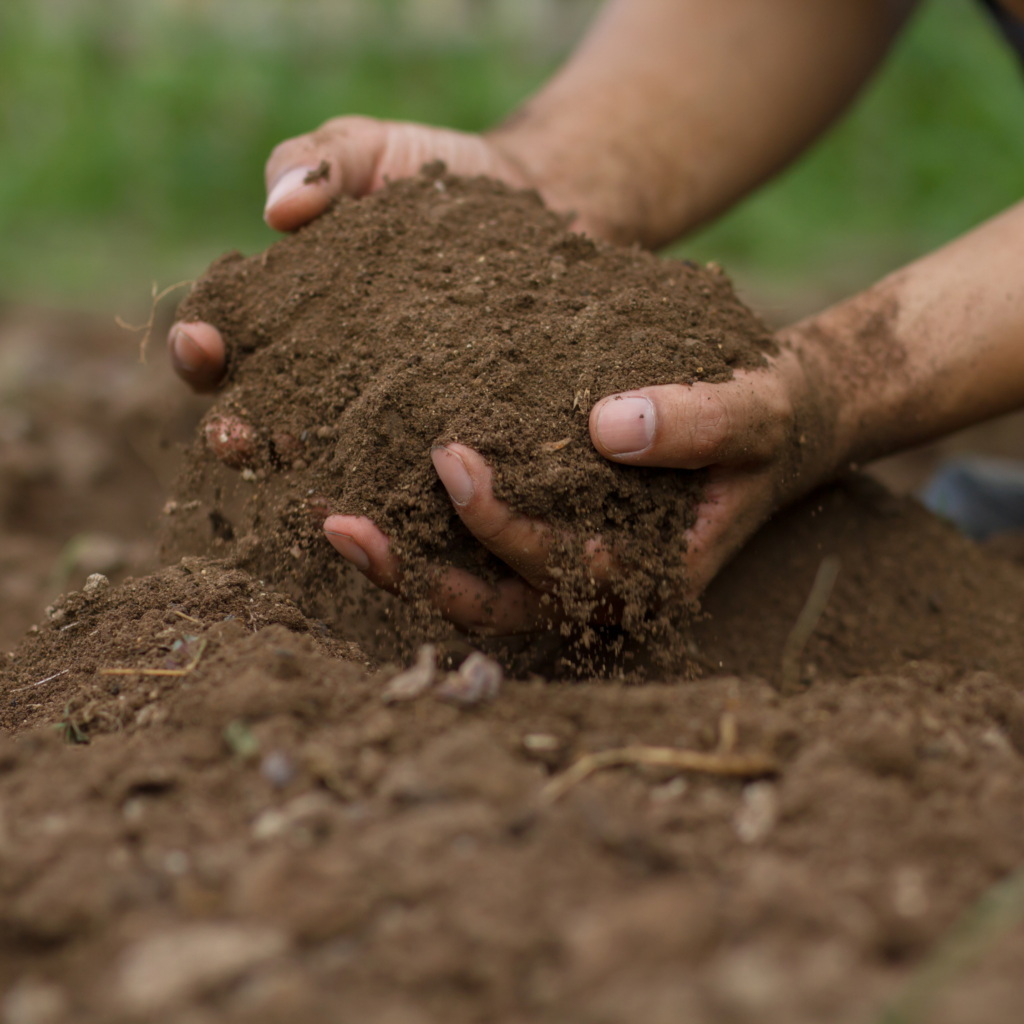
Healthy soil is the foundation of a thriving lawn. Test your soil’s pH and nutrient levels regularly to understand what it needs. Avoid compacted soil, which can be alleviated by aeration. This process allows air, water, and nutrients to penetrate deeper into the soil. Adding organic matter like compost can improve soil structure and fertility. Proper soil care ensures your lawn gets the nutrients it needs to grow lush and green.
6. Don’t Over-Fertilize
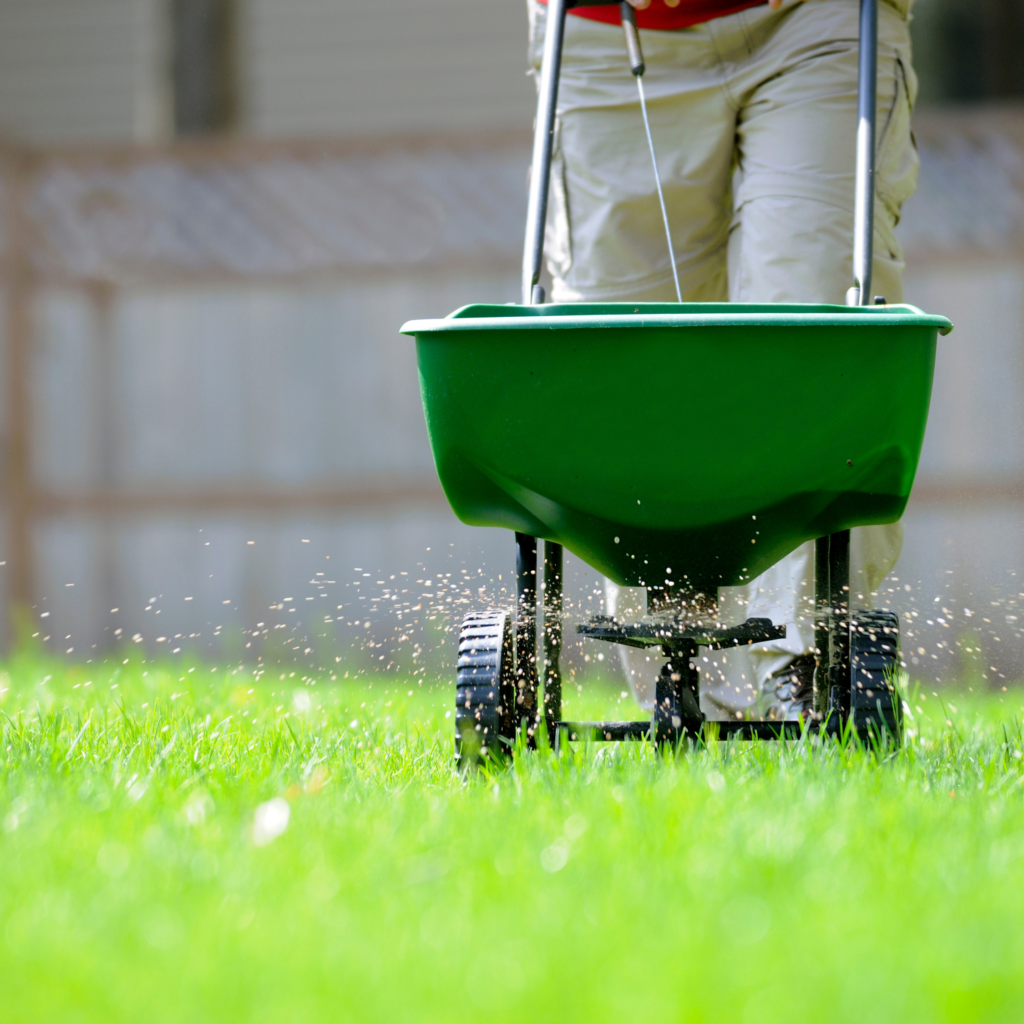
While fertilizer is essential for lawn health, too much can cause more harm than good. Over-fertilization can lead to excessive growth, which weakens the grass and makes it more susceptible to disease. Follow the recommended application rates for your lawn type. Slow-release fertilizers are often better because they provide a steady supply of nutrients over time. Always water your lawn after fertilizing to help distribute the nutrients evenly.
7. Don’t Use the Wrong Type of Grass
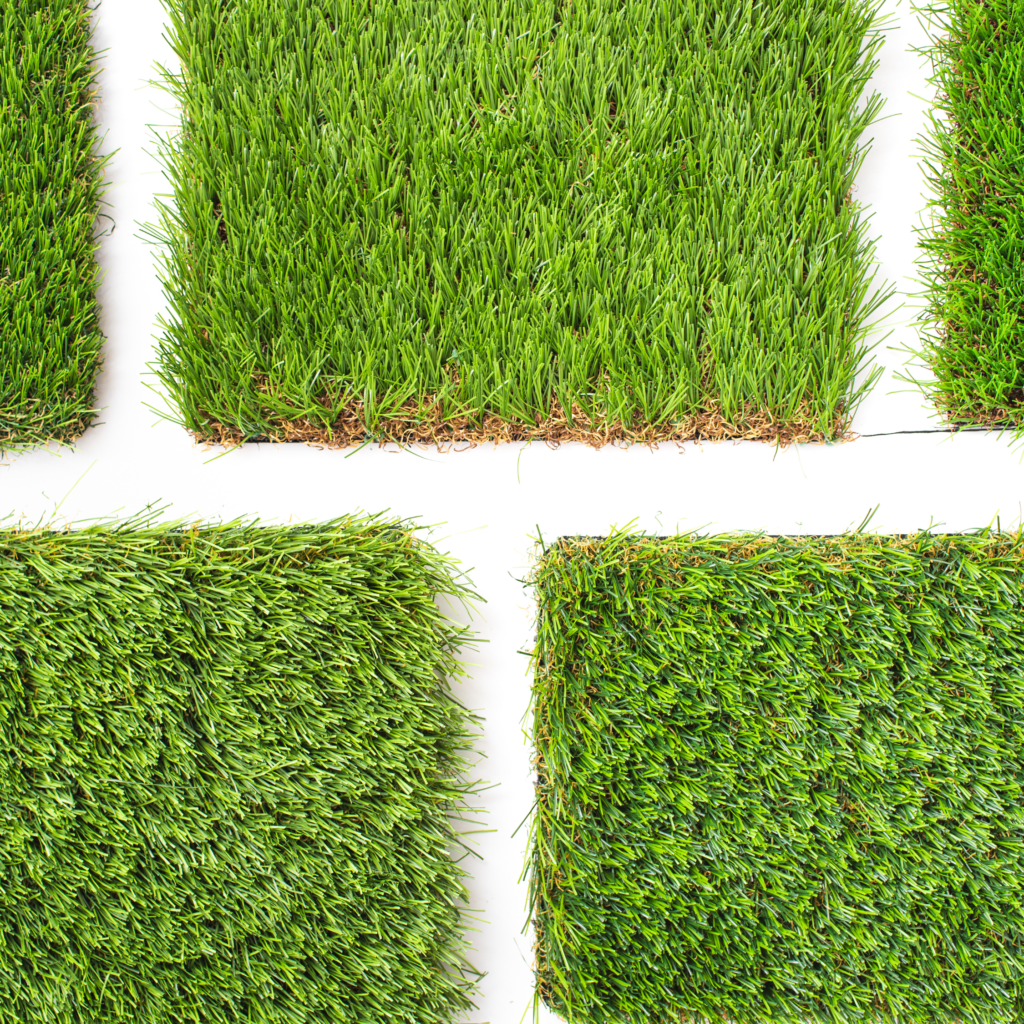
Choosing the wrong type of grass for your climate and soil conditions can result in a struggling lawn. Different grasses have different sunlight, water, and maintenance requirements. Research the best grass types for your region and specific yard conditions. Planting the right grass ensures it will thrive and require less intervention. Consult with a local nursery or lawn care expert if you’re unsure which grass is best for your area.
8. Don’t Forget to Aerate
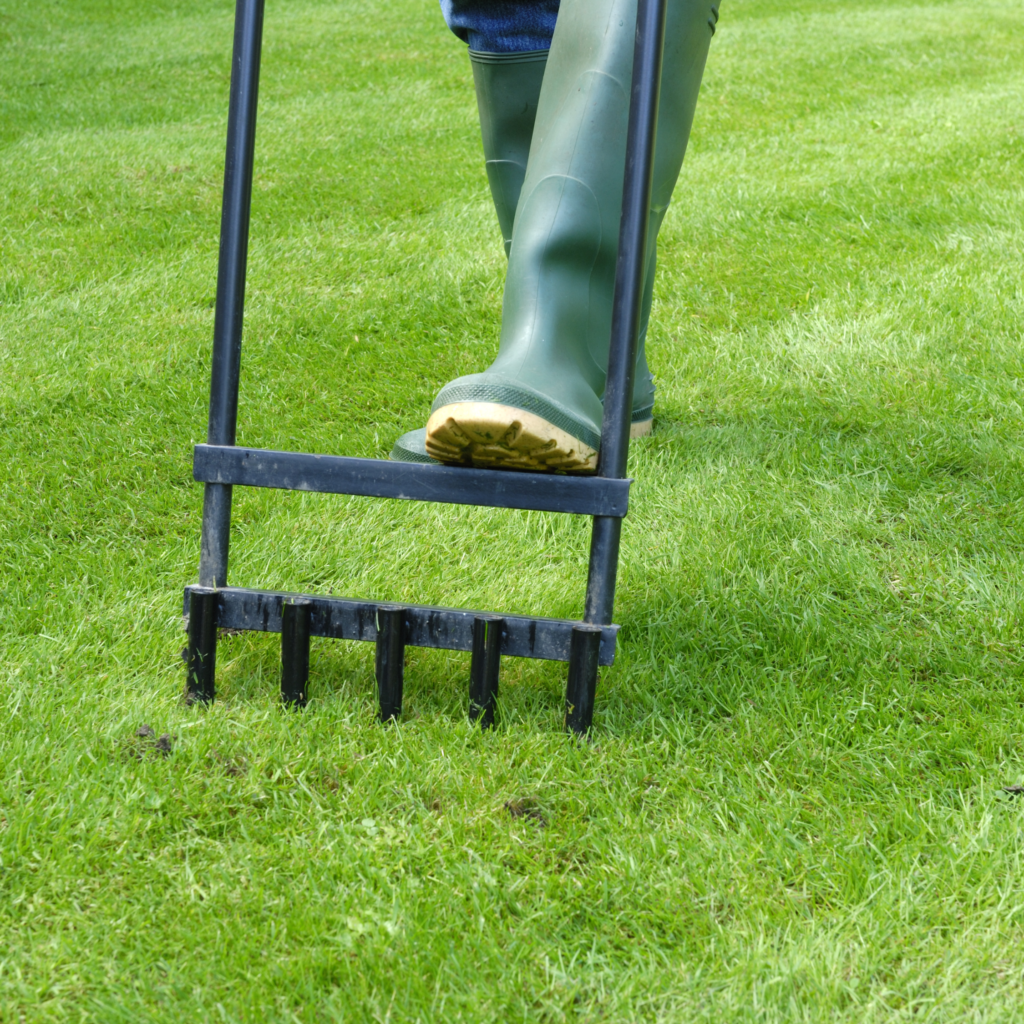
Aeration is crucial for maintaining a healthy lawn, especially in compacted or clay soils. It involves perforating the soil with small holes to allow air, water, and nutrients to reach the grass roots. Aerate your lawn at least once a year, preferably in the spring or fall. This practice helps reduce thatch buildup and improves root development. Renting an aerator or hiring a professional can make the process easier and more effective.
9. Don’t Neglect Weed Control
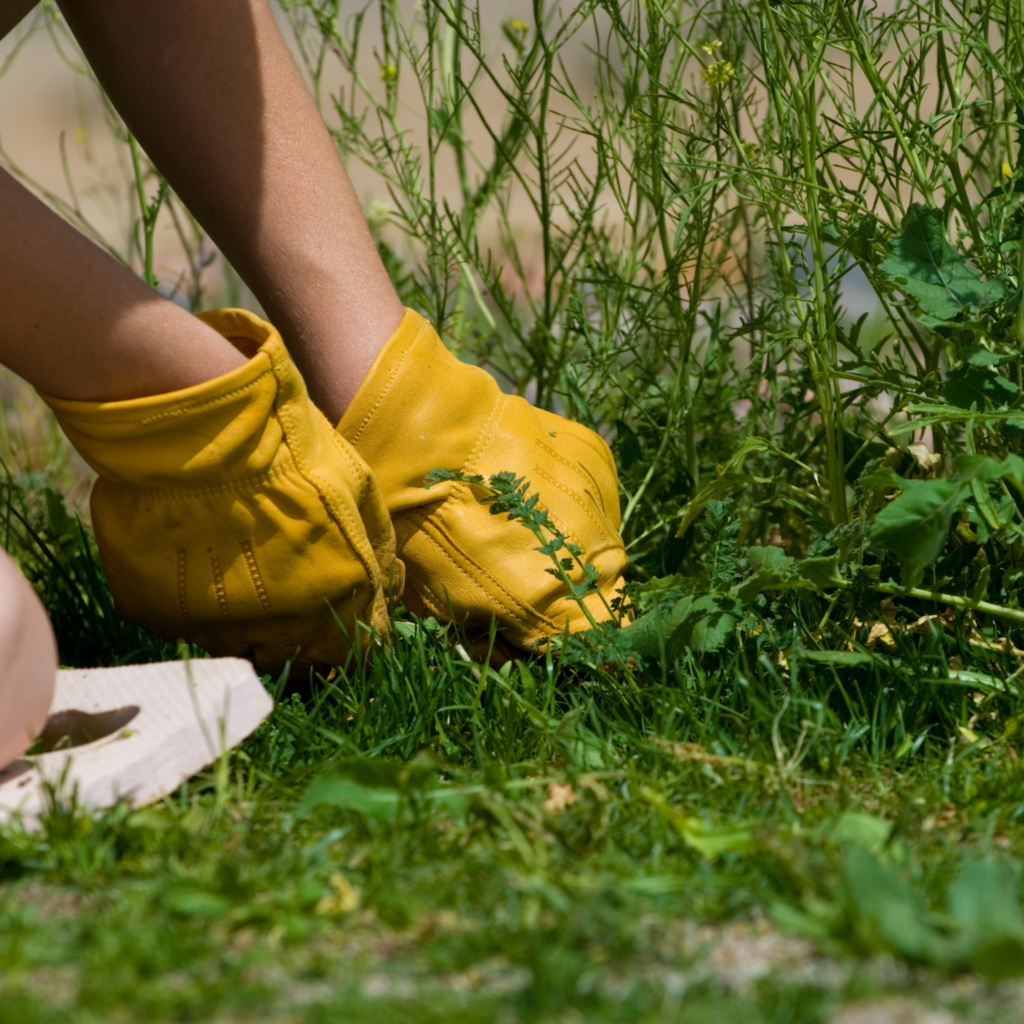
Weeds compete with your grass for nutrients, water, and sunlight. Ignoring them can result in a patchy, unhealthy lawn. Use pre-emergent herbicides in early spring to prevent weed seeds from germinating. For existing weeds, spot-treat with post-emergent herbicides or manually remove them. Regular mowing and maintaining a thick, healthy lawn can also help keep weeds at bay. Consistent weed control is essential for a beautiful lawn.
10. Don’t Overlook Pest Management
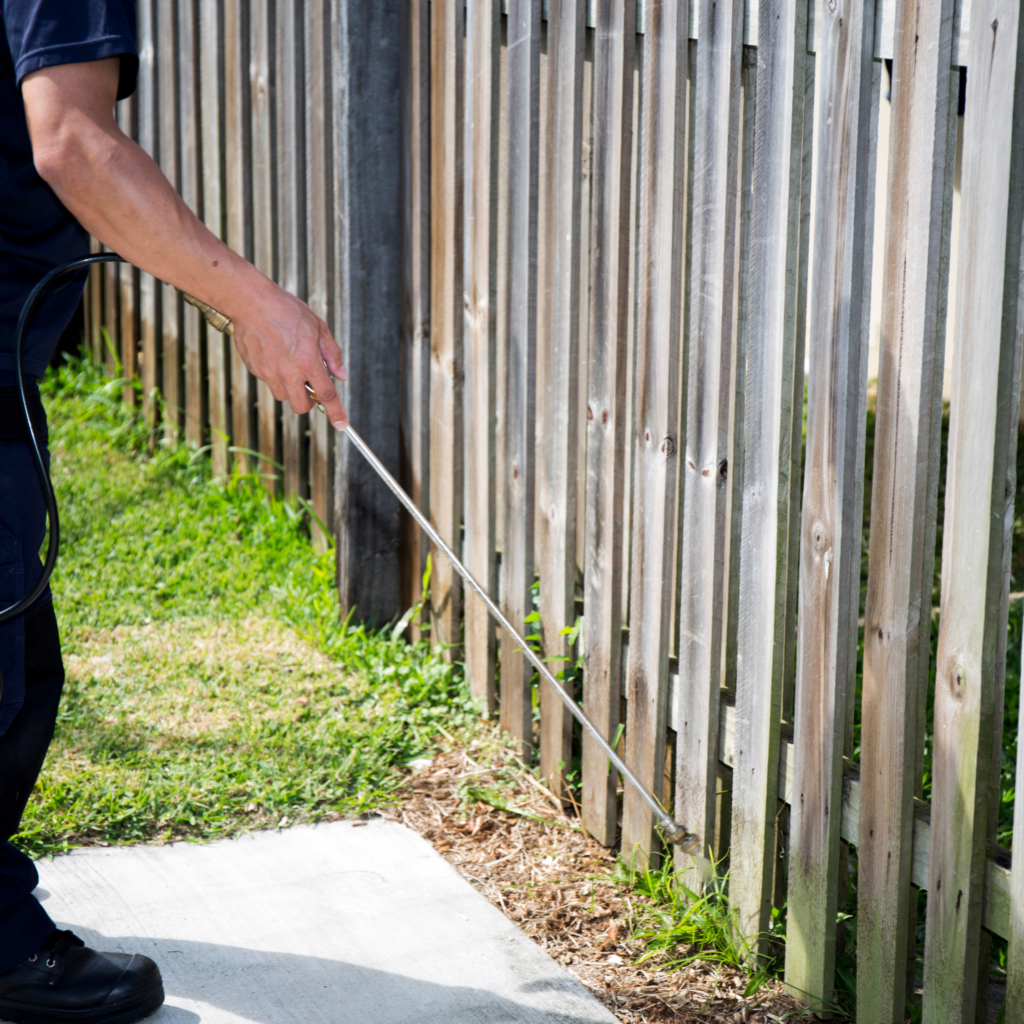
Pests like grubs, chinch bugs, and armyworms can wreak havoc on your lawn if left unchecked. Regularly inspect your lawn for signs of pest damage, such as brown patches or wilting grass. Use natural or chemical treatments as needed to control pest populations. Integrated pest management (IPM) strategies can help minimize the use of chemicals while effectively managing pests. Keeping your lawn healthy can also make it more resilient to pest damage.
11. Don’t Forget to Adjust Your Mowing Pattern
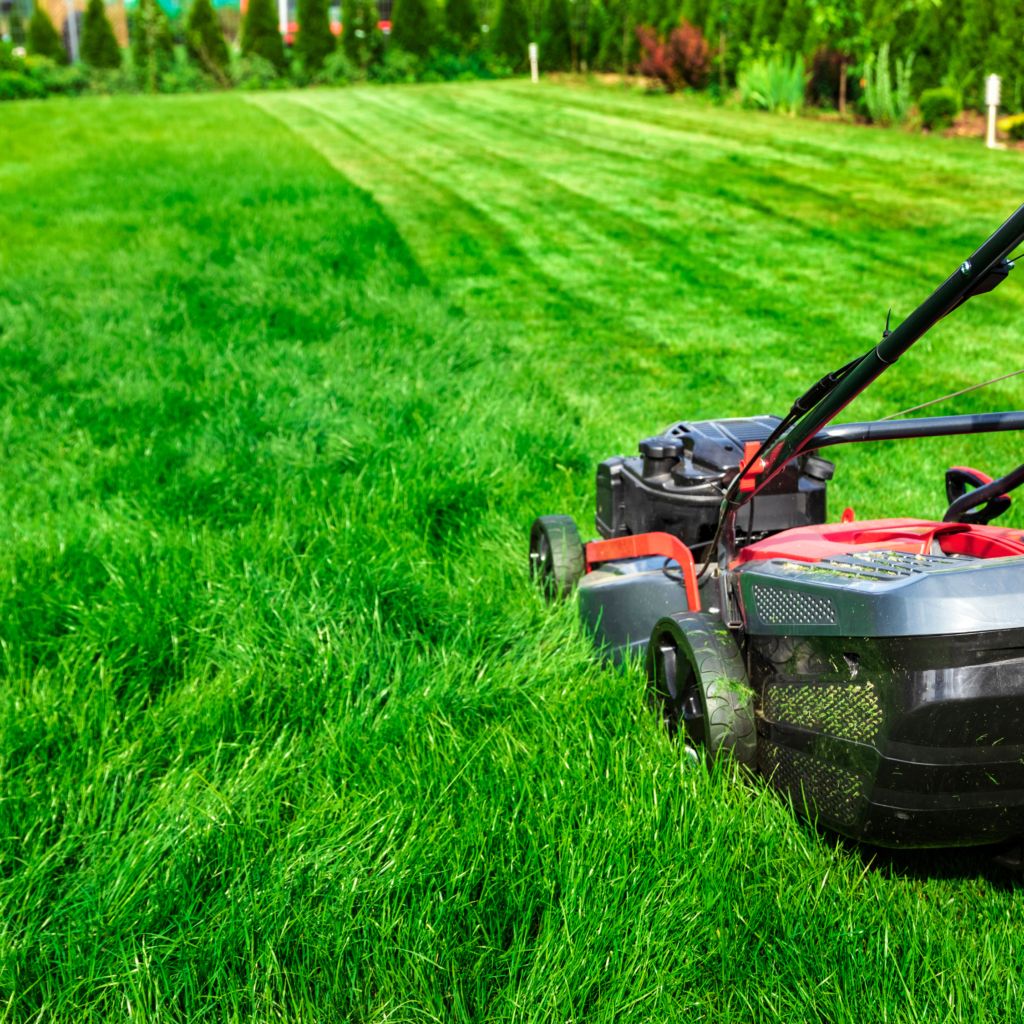
Mowing in the same pattern every time can compact the soil and create ruts. Vary your mowing direction to prevent this and promote even growth. Changing the pattern also reduces the stress on the grass blades, helping them grow more upright. This simple change can improve the overall appearance and health of your lawn. Aim to mow when the grass is dry and avoid cutting more than one-third of the grass height at a time.
A Better Lawn

Proper lawn care involves more than just regular mowing. By avoiding these 11 common mistakes, you can ensure your lawn stays healthy and vibrant all summer long. Ready to transform your lawn care routine? Click here for more expert tips and advice to keep your grass green and thriving!


